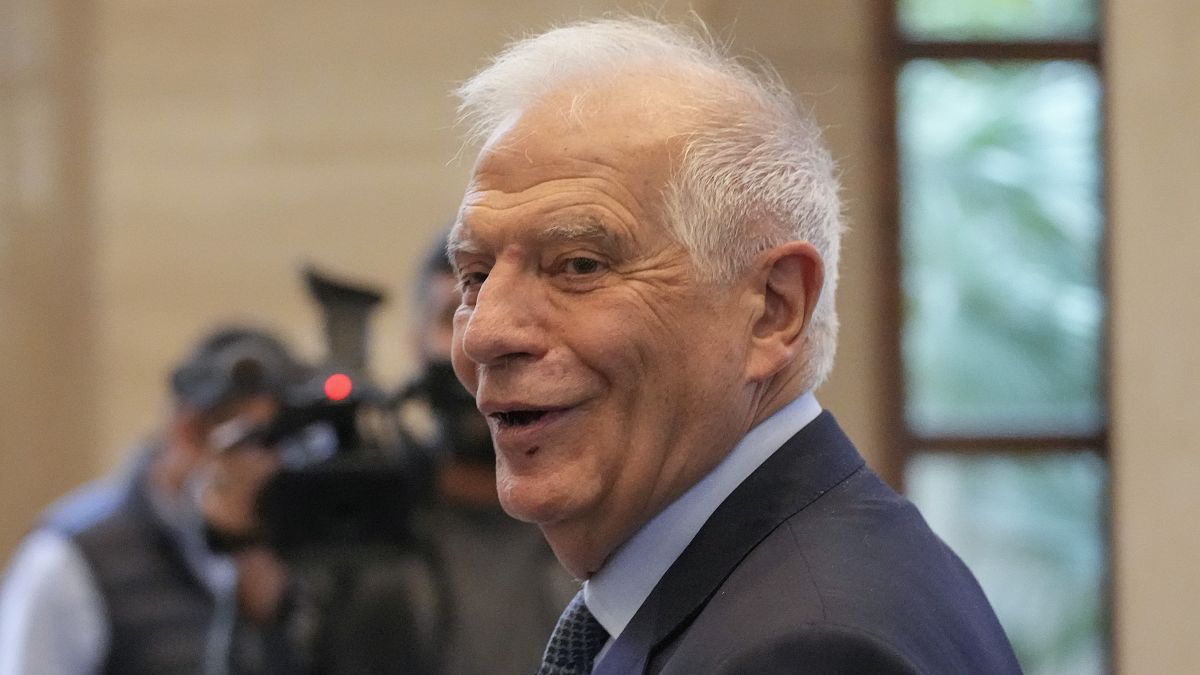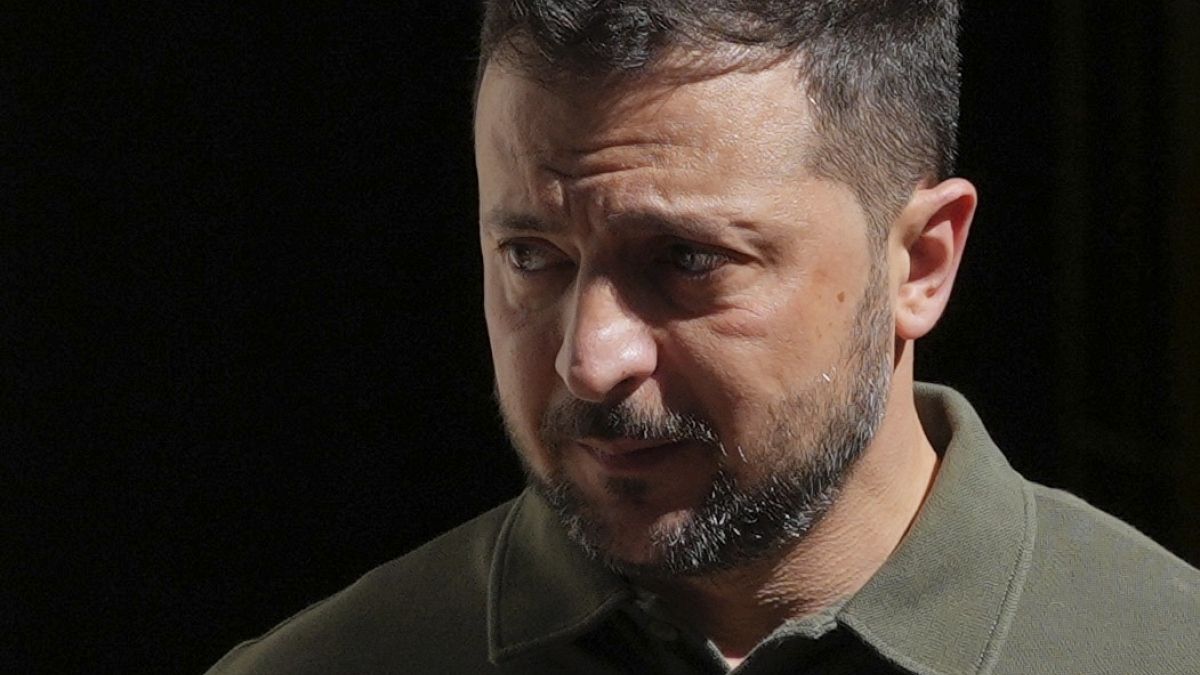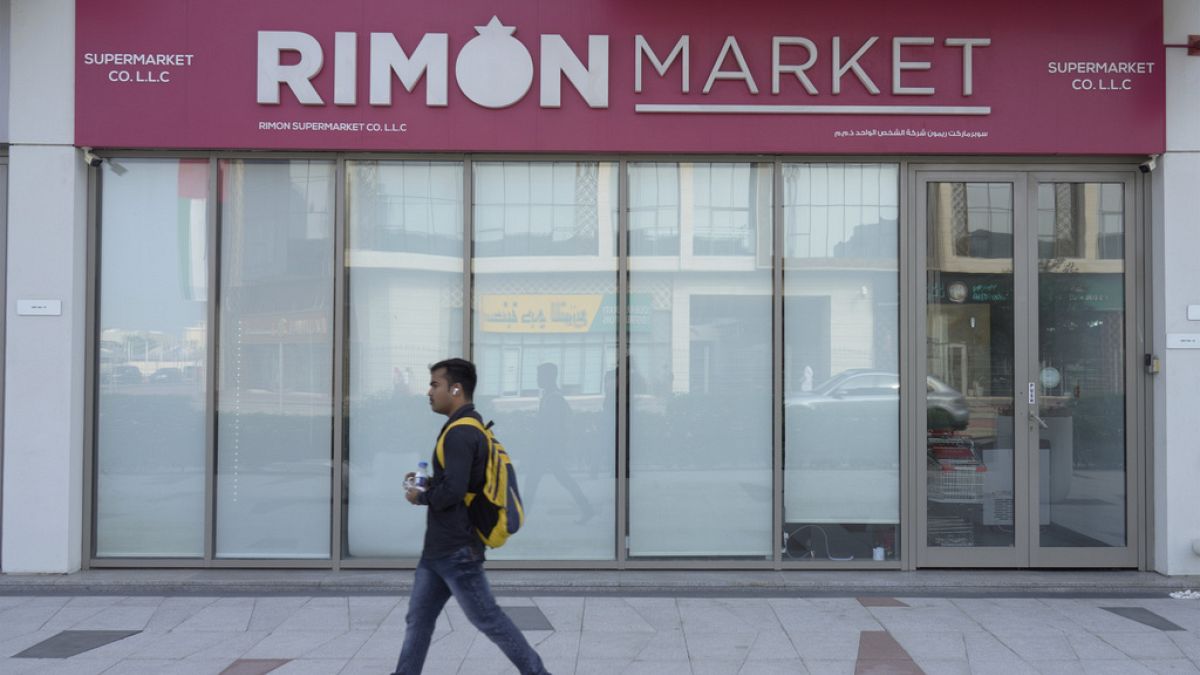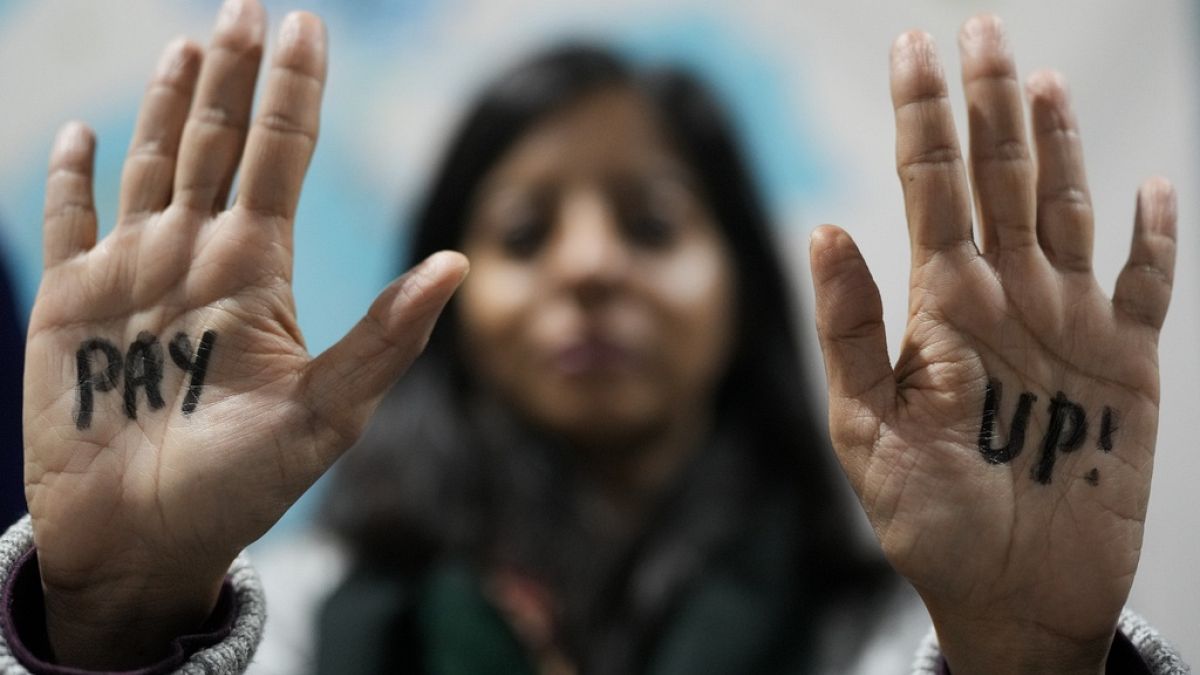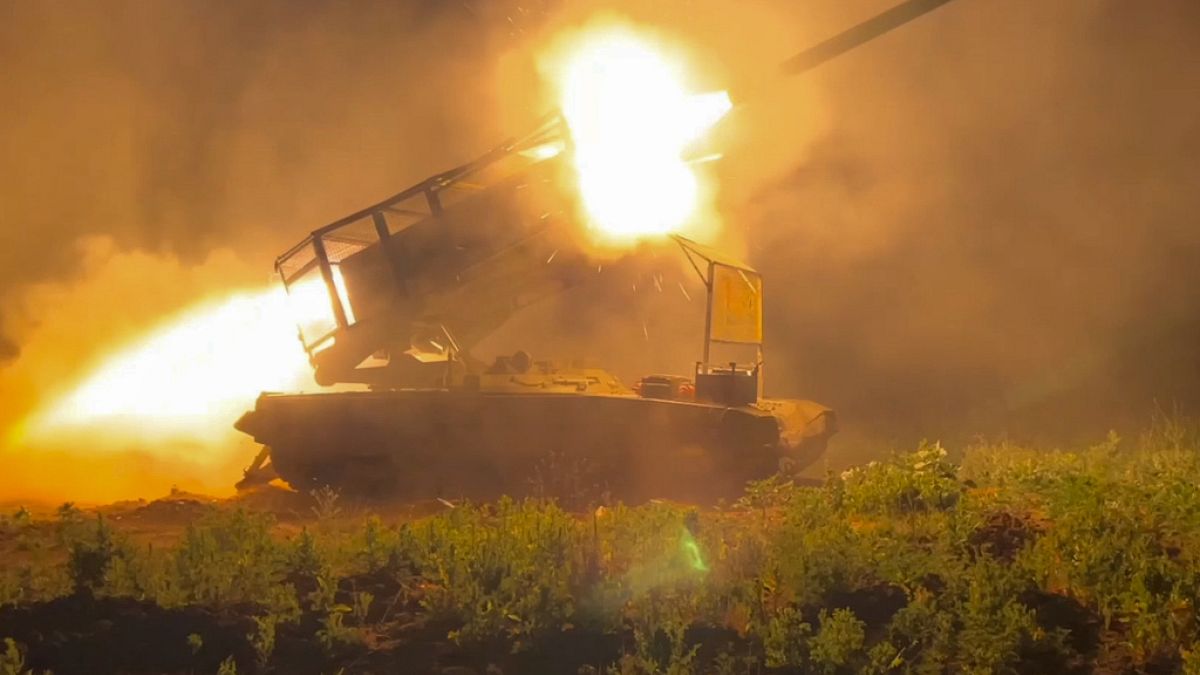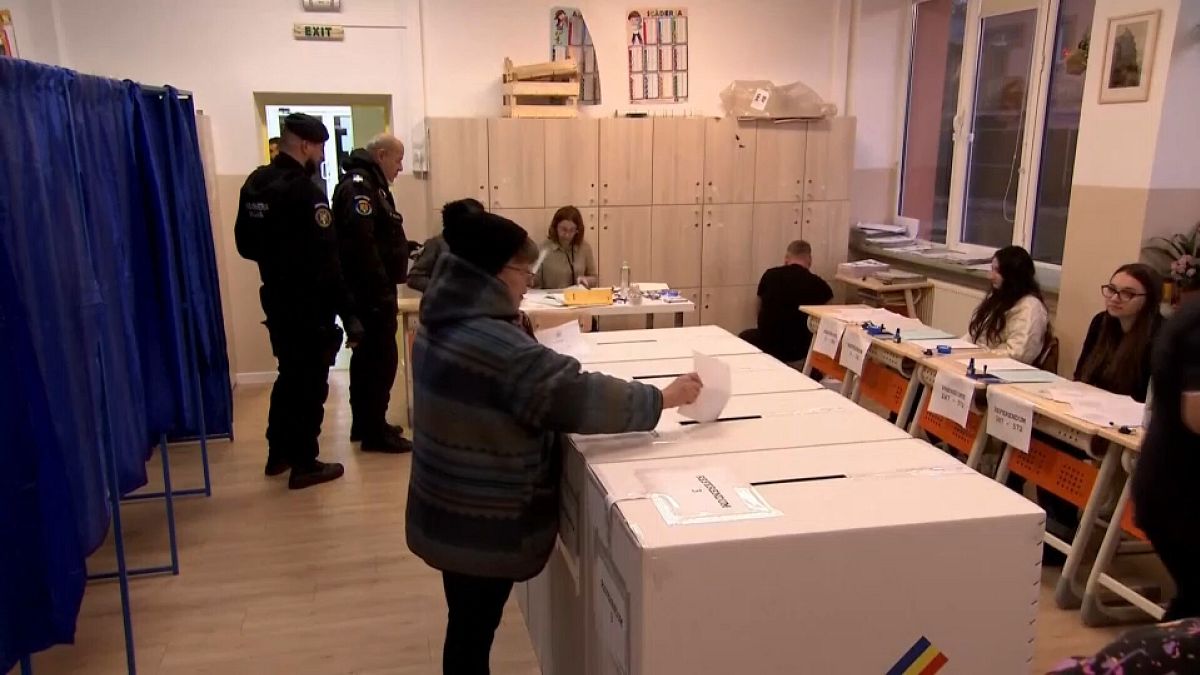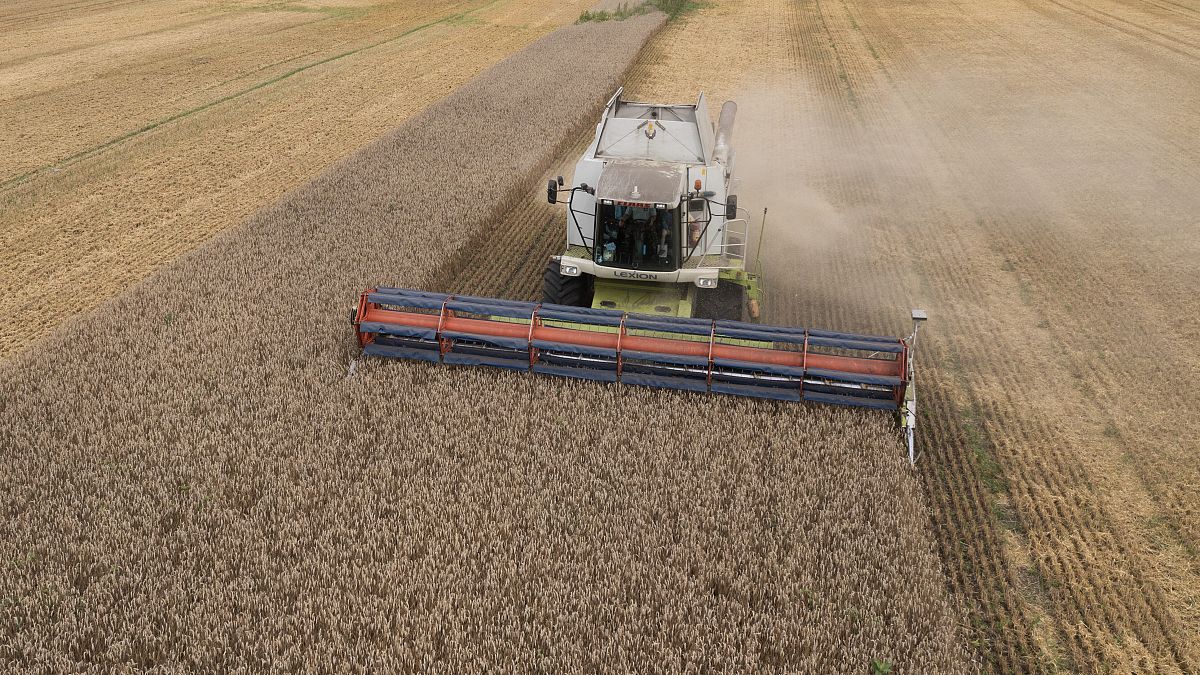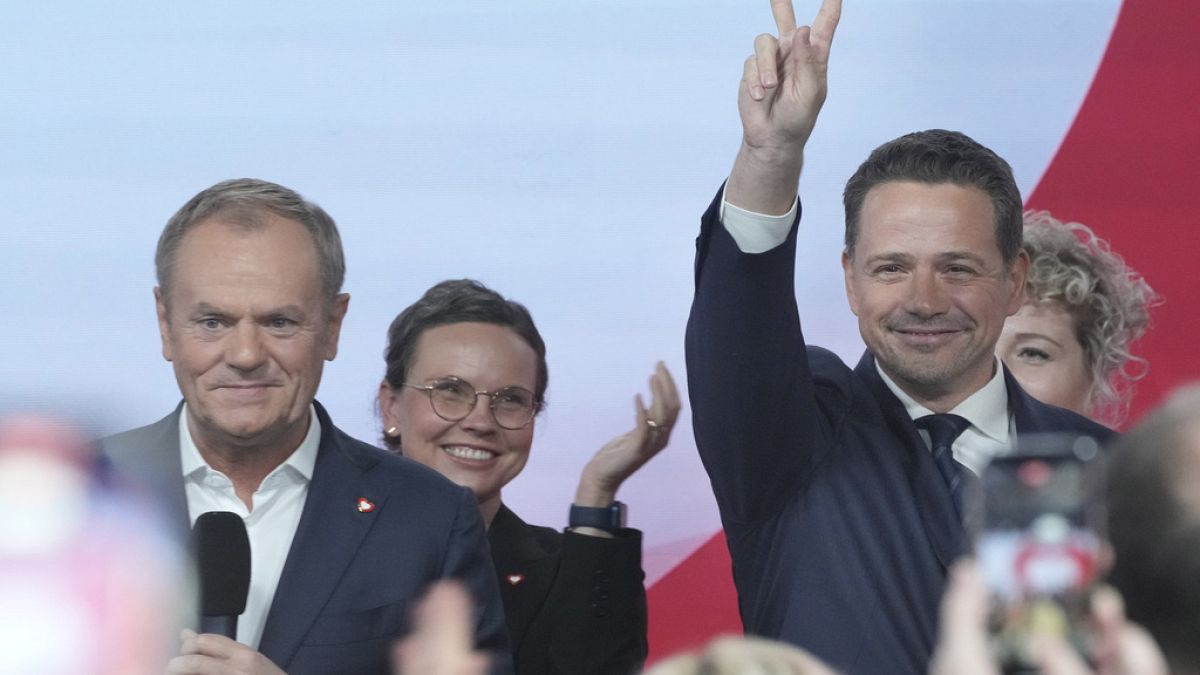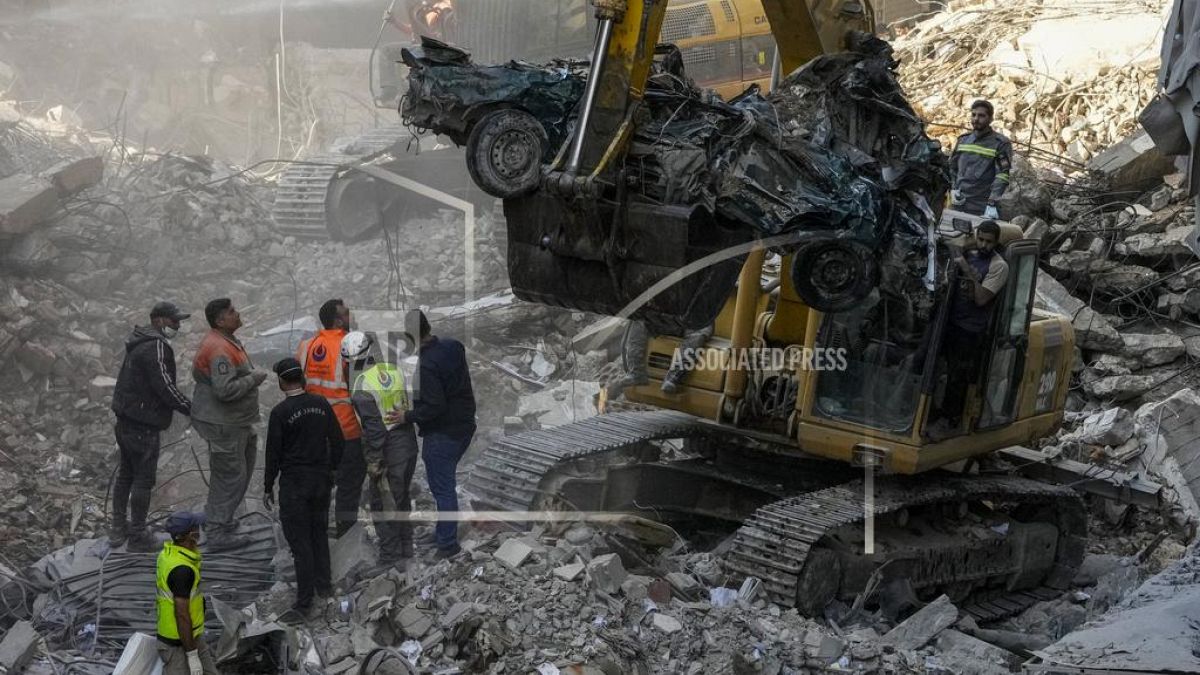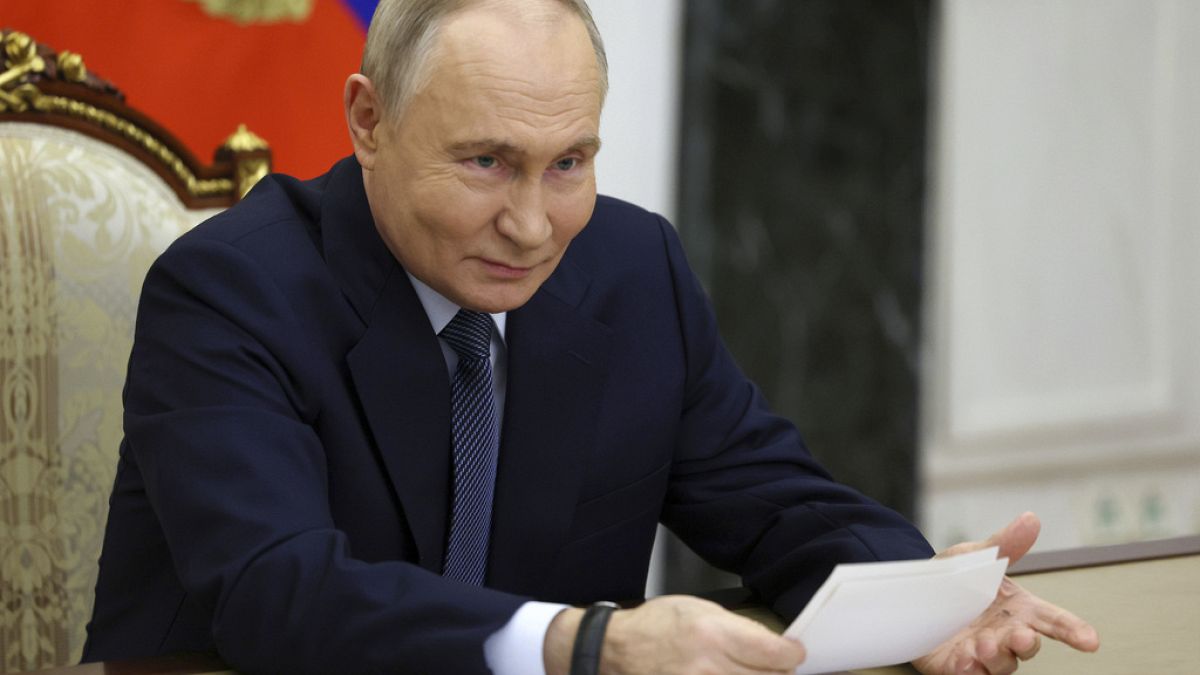The Ukrainian president said the military counteroffensive in Russia’s Kursk region, which hosts a nuclear power plant, is part of the plan.
Ukrainian President Volodymyr Zelenskyy announced that Ukraine will present its “victory plan” to Washington in September.
The Ukrainian leader aims to share it with both Kamala Harris and Donald Trump, saying that its success depends on their support.
Zelenskyy outlined four different parts of the plan: “One of the areas where part of the work has been done is the region of Kursk. The second is Ukraine’s strategic place in the world’s security infrastructure. The third is a powerful package to force Russia to end the war through diplomatic means. The fourth is economic — I won’t talk about it”.
He emphasised the significance of the assault on Russia’s Kursk region in the victory plan, noting that the surprise incursion starting on 6 August led to the withdrawal of Russian troops from eastern Ukraine.
Russia has advanced in its ongoing plot to fully occupy the eastern Donbas region. However, Zelenskyy claims that the Kursk incursion helped prevent the potential occupation of parts of the Kharkiv, Sumy, and Chernihiv regions.
Nuclear incident risk at Russian Kursk plant
Ukraine’s incursion into Russia’s Kursk region, part of the victory plan, has become a focus of concern for the UN Nuclear watchdog.
International Atomic Energy Agency Director General Rafael Grossi shared his fears about the potential risks facing a nuclear power plant in the town of Kurchatov, after visiting the facility on Tuesday.
At a meeting with managers at the plant, the head of the United Nations nuclear watchdog said he aimed to “determine a path ahead,” and “maximise necessary cooperation” to “preserve and prevent any accident or any violation of safety and security pillars established by the IAEA.”
He highlighted the potential threats drones could pose to the plant, noting that recent developments near the facility, stemming from Ukraine’s incursion into Russia, have heightened these worries.
“The core of the reactor containing nuclear material is protected just by a normal roof. This makes it extremely exposed and fragile, for example, to artillery impact or a drone or a missile,” he said.
“This war is not the responsibility of the IAEA, what is the responsibility of the IAEA … is to make sure that no nuclear accident takes place.”
Grossi will travel to Kyiv next week to meet with Zelenskyy.



